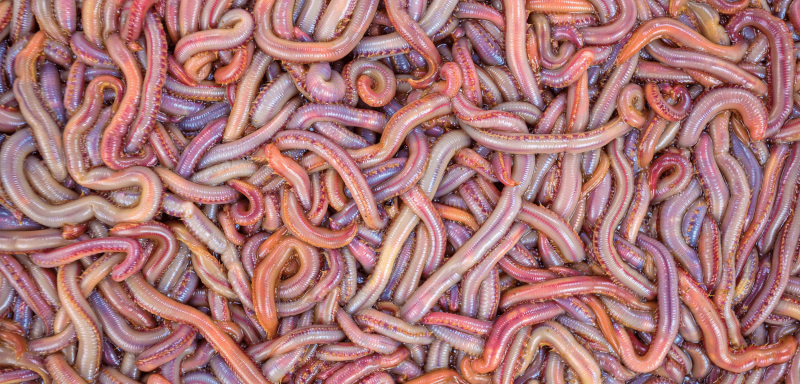Not far from the popular Barceloneta beach in Barcelona, Spain, an underground room houses 35 office scanners stored in refrigerated chambers. Nicholas Stroustrup, an American biologist, is the holder of the key to the door of this peculiar place that is flooded by the roar of a very powerful air conditioner. “This is the lifespan machine!” he shouts so he can be heard over the noise. The scientist carefully opens the lid of one of the scanning devices. Inside, there are hundreds of worms. Hundreds more appear under another lid. He estimates that there are more than 20,000 worms in the room
The biologist, who compares aging to the game of roulette, is trying to discover its enigmatic rules. His lifespan machine scans the worms every hour, from birth to death. They usually live about 18 days, but the scientists perform all kinds of experiments to see what happens: they change their diet, stress them out, drug them, modify their genes, expose them to pathogens, raise or lower their temperature.
…
Can the longevity of a worm really reveal the keys to human aging? Sarcastically, Stroustrup replies with another question: “Can aging research in humans themselves reveal the secrets of human aging?” Repeating his experiments on people, he argues, would take decades. Centuries, even. The current focus is to look for other variables that are strongly correlated with aging, like the so-called epigenetic clock, chemical marks on DNA that are used to measure biological age.































